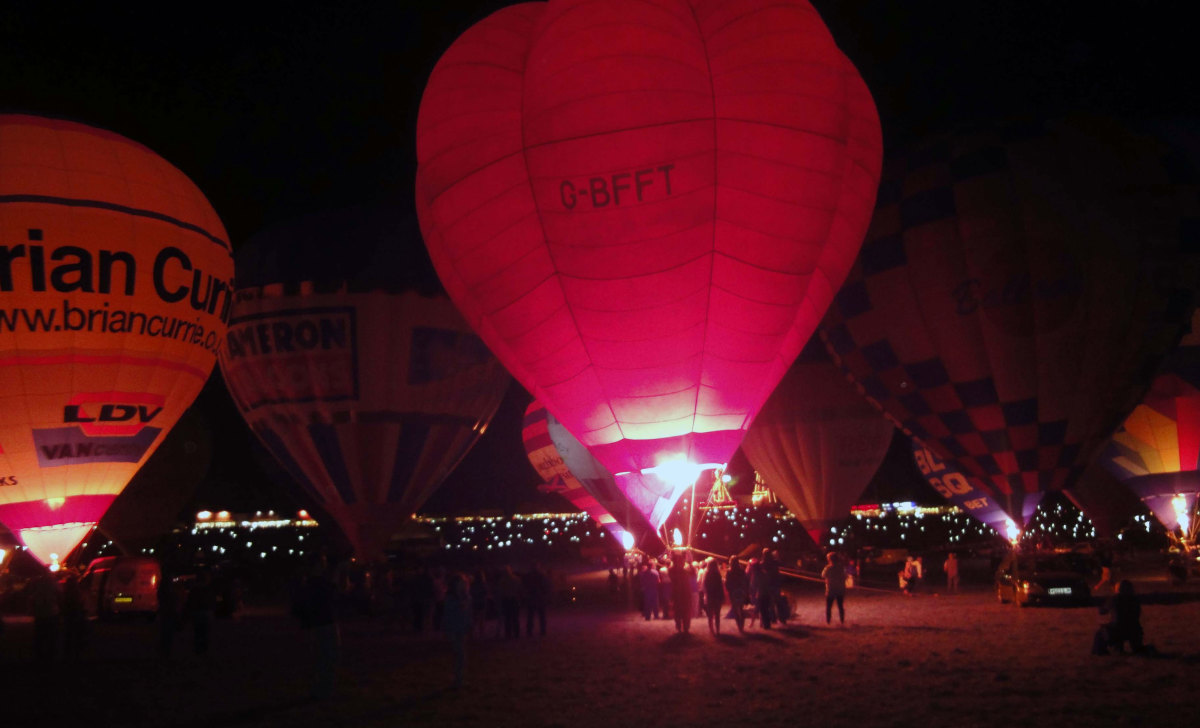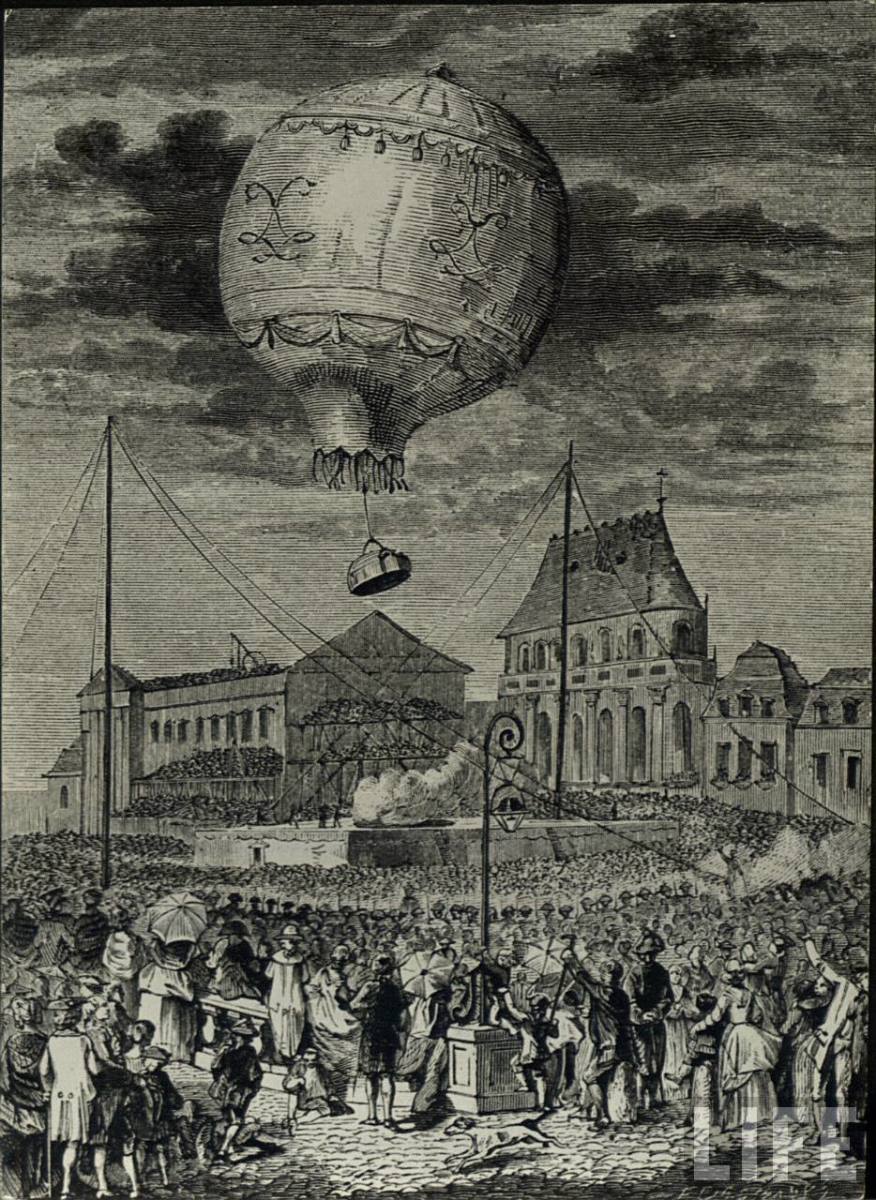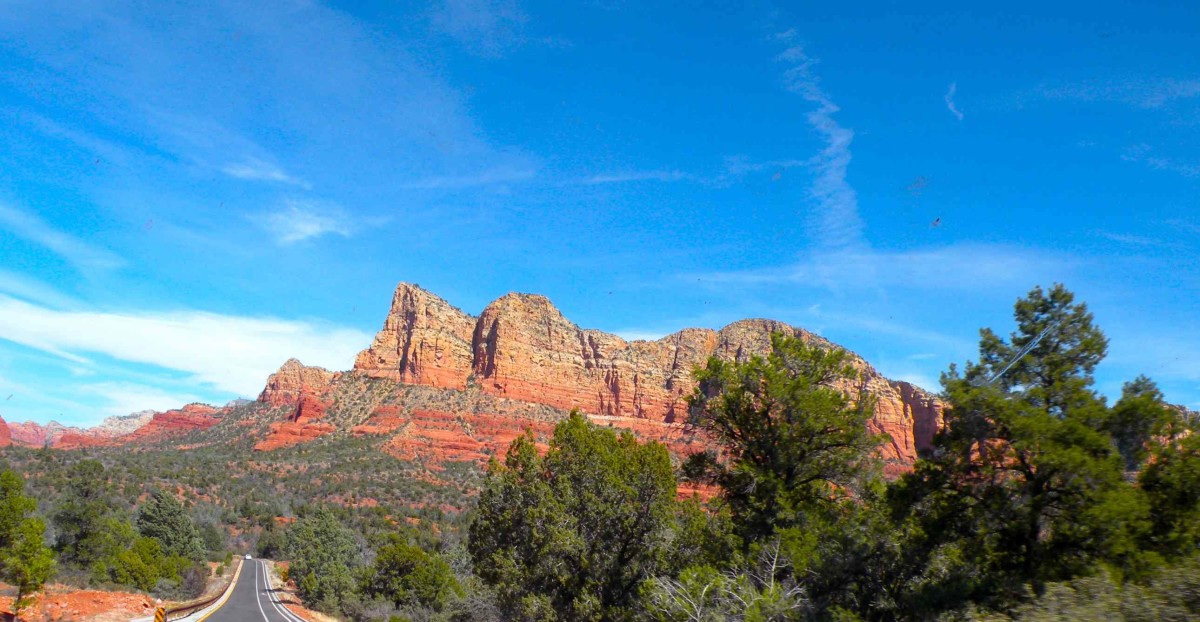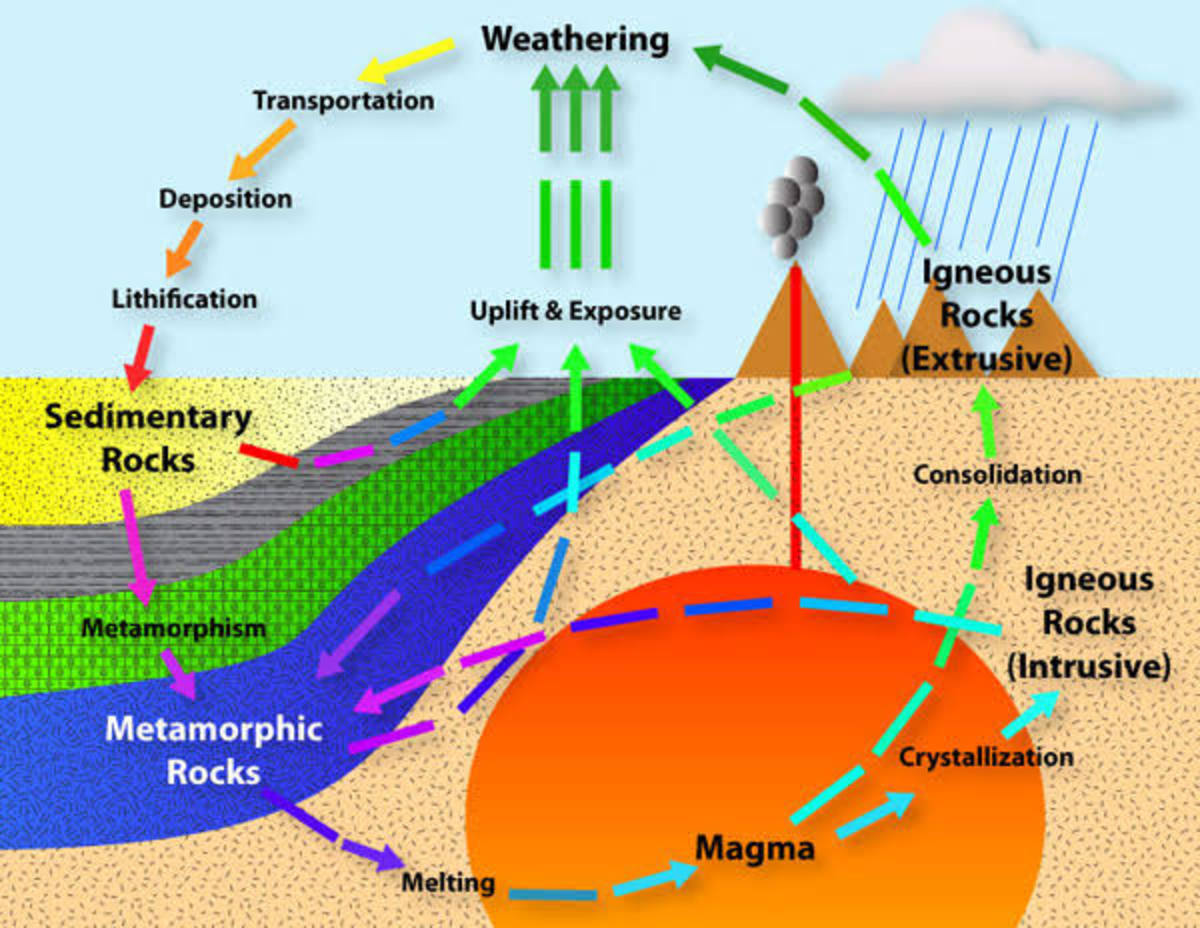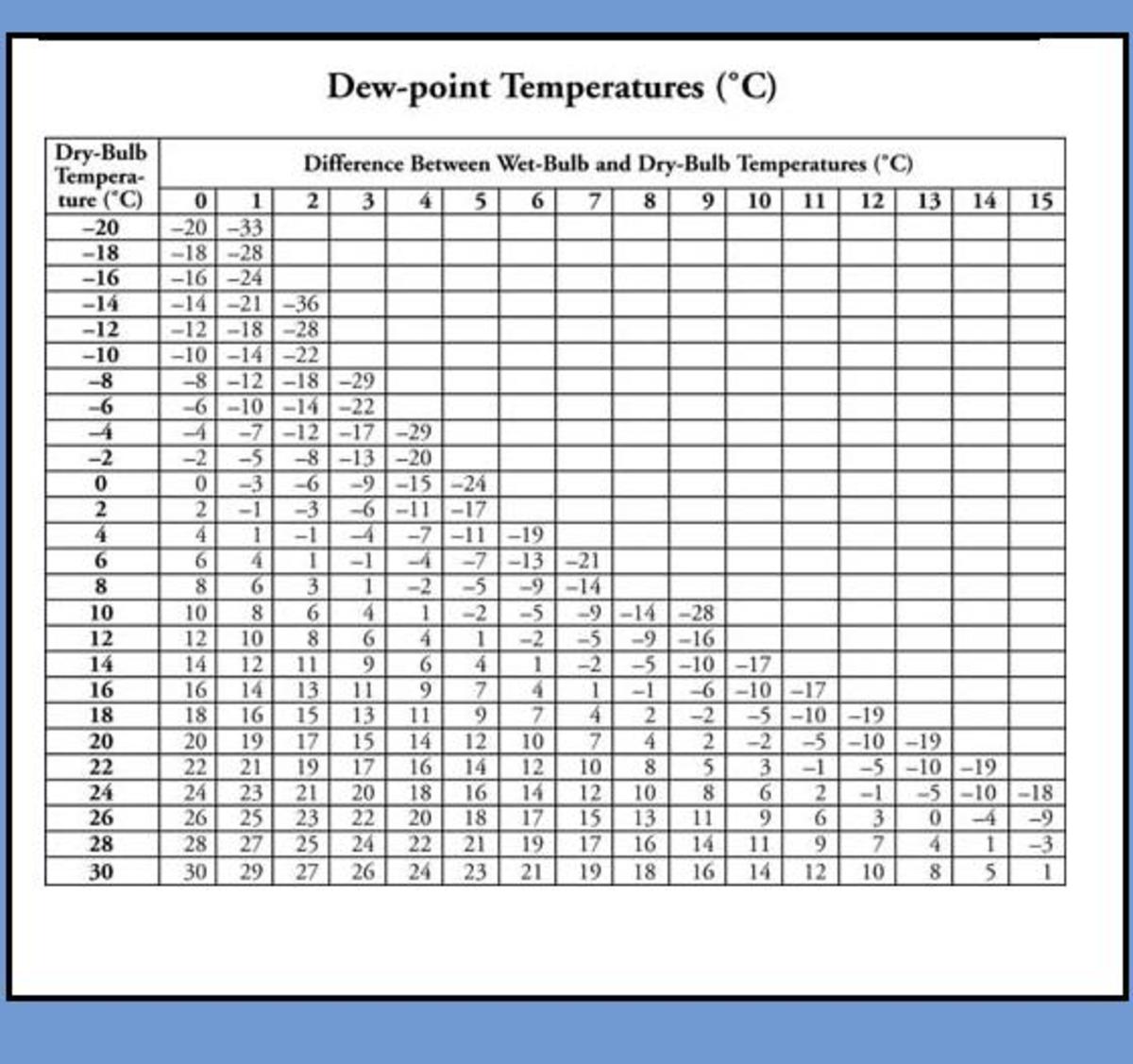Fascinating History of Hot Air Balloons


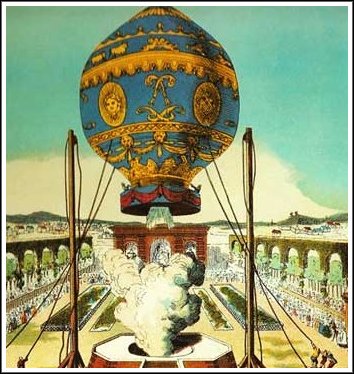
On September 19, 1783 the first flight in a manmade contraption was made. The aviators were a sheep, duck and a rooster. The event occurred before a crowd at the royal palace in Versailles, France before King Louis XVI and Queen Marie Antoinette. The flight lasting about eight minutes covered two miles and reached altitude of about 1,500 feet.
Two brothers, Joseph-Michel and Jacques-Étienne Montgolfier were the inventors of the hot air balloon carrying its’ strange cargo aloft in what was basically a scientific experiment. The three animals were chosen for their physiological differences and as experimental controls to determine the effects of high altitude flight.
Some claim the hot air balloon was invented about 70 years earlier by a Brazilian Portuguese priest. However, this claim is not generally supported by historians outside the Portuguese-speaking community. Other historians regard the Chinese Kong Ming Lanterns as the first unmanned hot air balloons. These lanterns were used by the Chinese military as signaling devices around 220-280 AD. It is said the Chinese also used manned kites some 2000 years ago.

Joseph
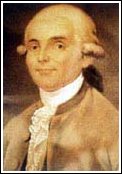
Étienne
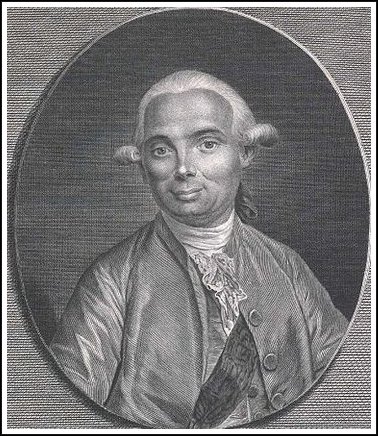
It was Joseph who came up with the concept of a hot air balloon. There are many accounts as to how it may have came about, but historians generally agree it happened sometime around 1777 while he happened to be watching some laundry drying over a fire. It seems Joseph became intrigued as he noticed how embers from the fire were lifted upwards.
At the time he had been musing over military strategies, particularly an assault on the fortress of Gibraltar. The fortress had not been able to be breached by land or sea. Joseph wondered if the same force lifting the embers of the fire could somehow be harnessed for an air assault.
To test his idea Joseph built a little box-like chamber out of very thin wood and covered the top and sides with lightweight taffeta cloth. He then lit a small fire under the bottom of the box. Joseph watched in amazement as the box quickly lifted upwards and hit the ceiling. Joseph excitedly rushed to inform his brother of the discovery. "Get in a supply of taffeta and cordage, quickly and you will see one of the most astonishing sights in the world" Joseph told him.
The two Montgolfier brothers then set about building a much larger version of the model Joseph had made. On the day they decided to launch it, they found they had seriously underestimated the lifting force of their hot air discovery. On the first test flight they lost control. The lighter than air craft traveled about a mile and a half before landing. Apparently, a passerby had no inkling as to what the monstrosity might have been, because he promptly destroyed it.
The brothers changed the design to that of a balloon and decided to make a public demonstration in order to establish their claim to its invention. Their new globe-shaped balloon was constructed of sackcloth with three thin layers of paper inside and weighed 500 lb.
On June 4, 1783, the balloon made its’ first public appearance at Annonay in front of a group of dignitaries. The historic flight lasted 10 minutes at an altitude of about 6,000 feet. Word of the event quickly reached Paris.
Now proven their contraption was capable of flight they set about constructing a 60,000-cubic-foot balloon for the express purpose of a manmade flight. The balloon was about seventy-five feet tall, about fifty feet in diameter and decorated with gold figures on a deep blue background. Étienne Montgolfier was the first to fly on November 21, 1783, using an 80 foot tether for safety.
No doubt the early flight was sensational, but it was fraught with unseen danger as they soon found out. A little later the same day, with Pilâtre de Rozier,a French chemistry and physics teacher and an army officer,François Laurent, marquis d'Arlandesas passengers, the first untethered free flight was made.
They flew aloft about 3,000 feet above Paris for about 25 minutes before landing outside the city ramparts. However, burning embers from the fire began scorching the balloon fabric. Burning patches were quickly extinguished using wet sponges.
The early flights thrilled the public. Numerous commemorative products soon hit the market. Chairs designed with balloon backs, mantel clocks featuring gilt-bronze replicas and crockery decorated with balloon pictures became the rage.
However, theMontgolfiers’ fame was short lived.In 1766, British scientist Henry Cavendish had discovered hydrogen and development of gas filled balloons had been going on about the same time theMontgolfier’s were working on their project. On 27 August 1783, Le Globe, a hydrogen balloon, was launched with over six thousand people in attendance. On December 1, just weeks before the Montgolfier’s flight, the first manned hydrogen balloon was launched.
Hydrogen balloons superseded their hot air counterparts and became the dominating technology for the next two centuries.



